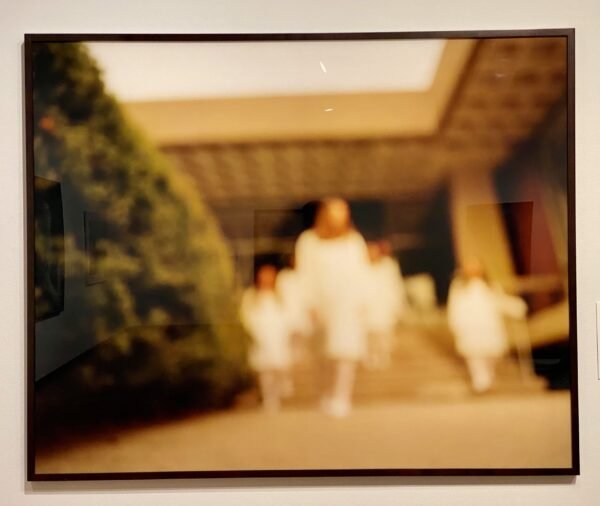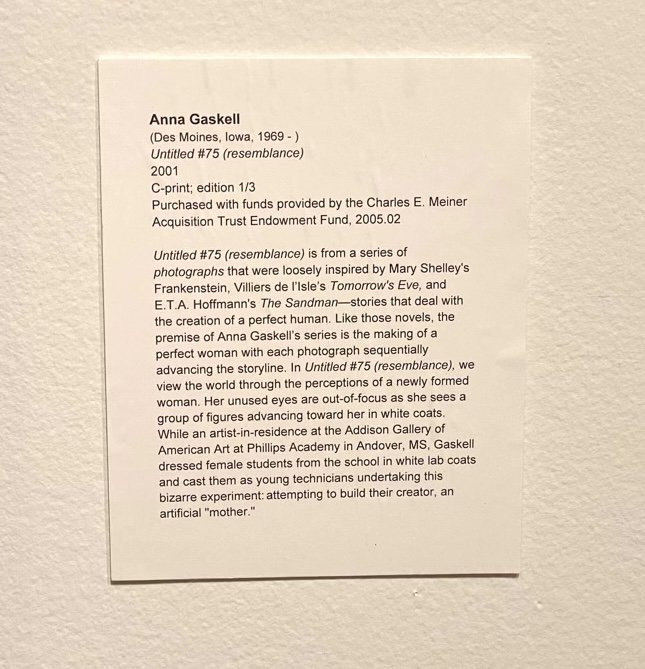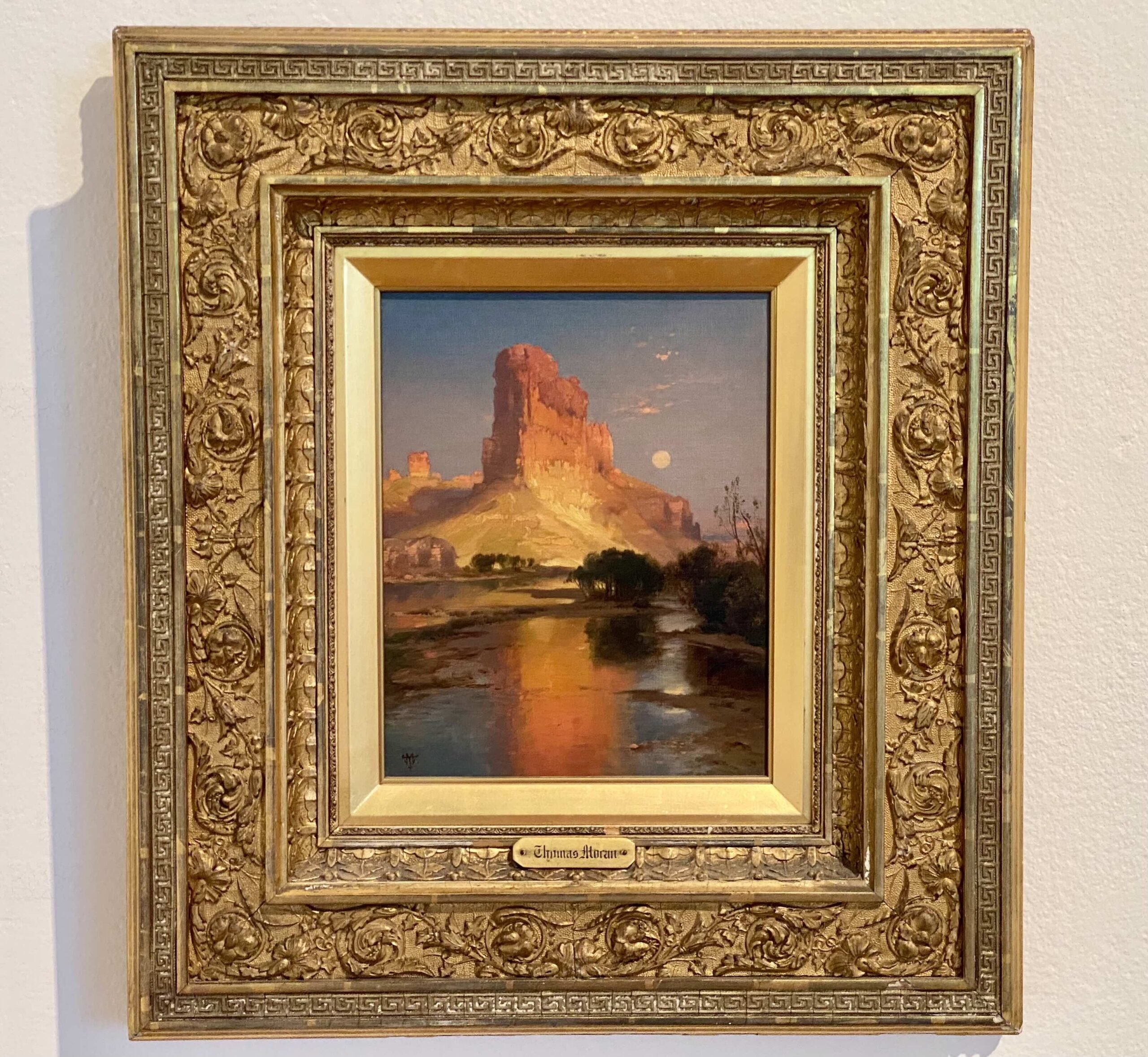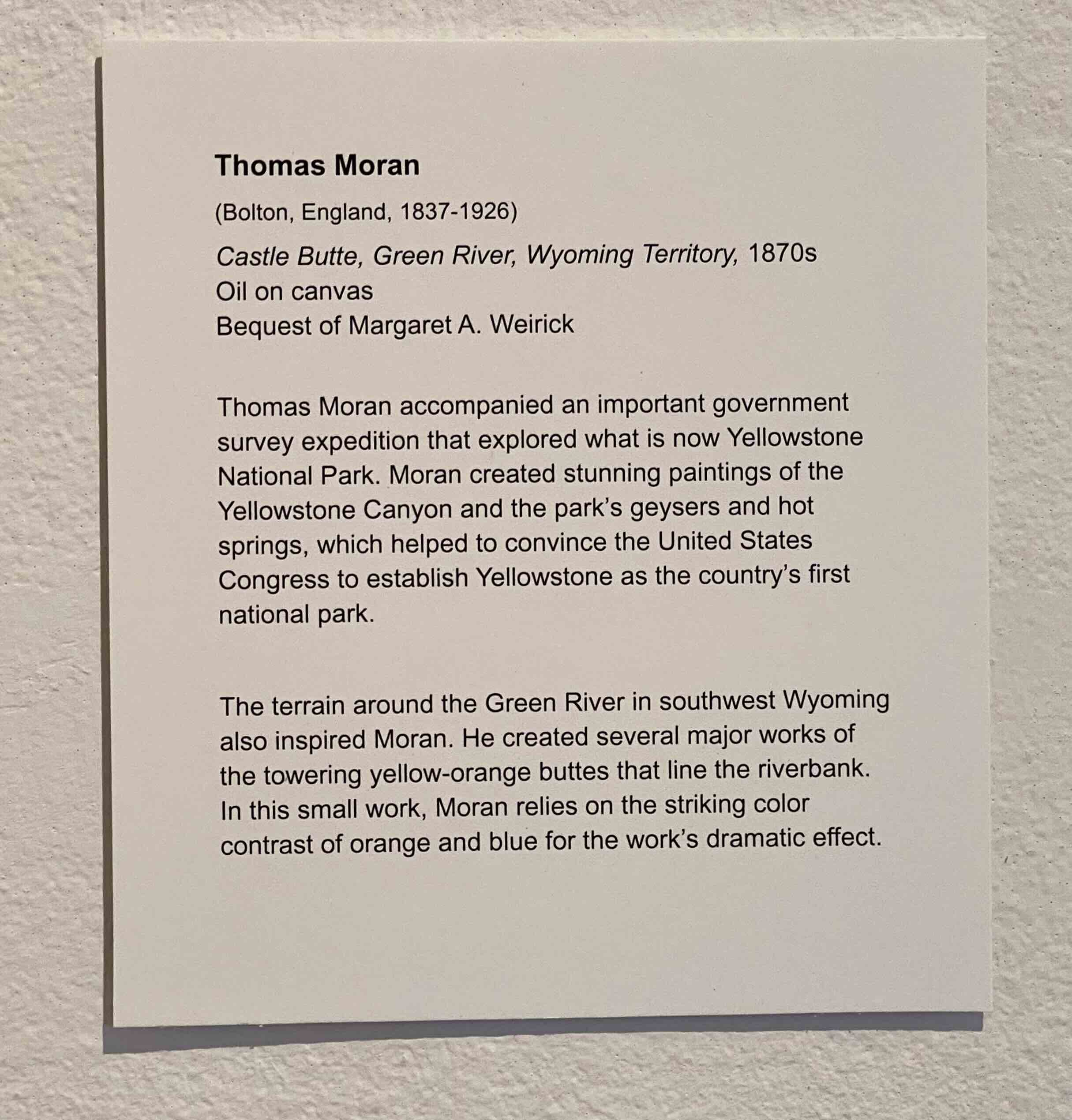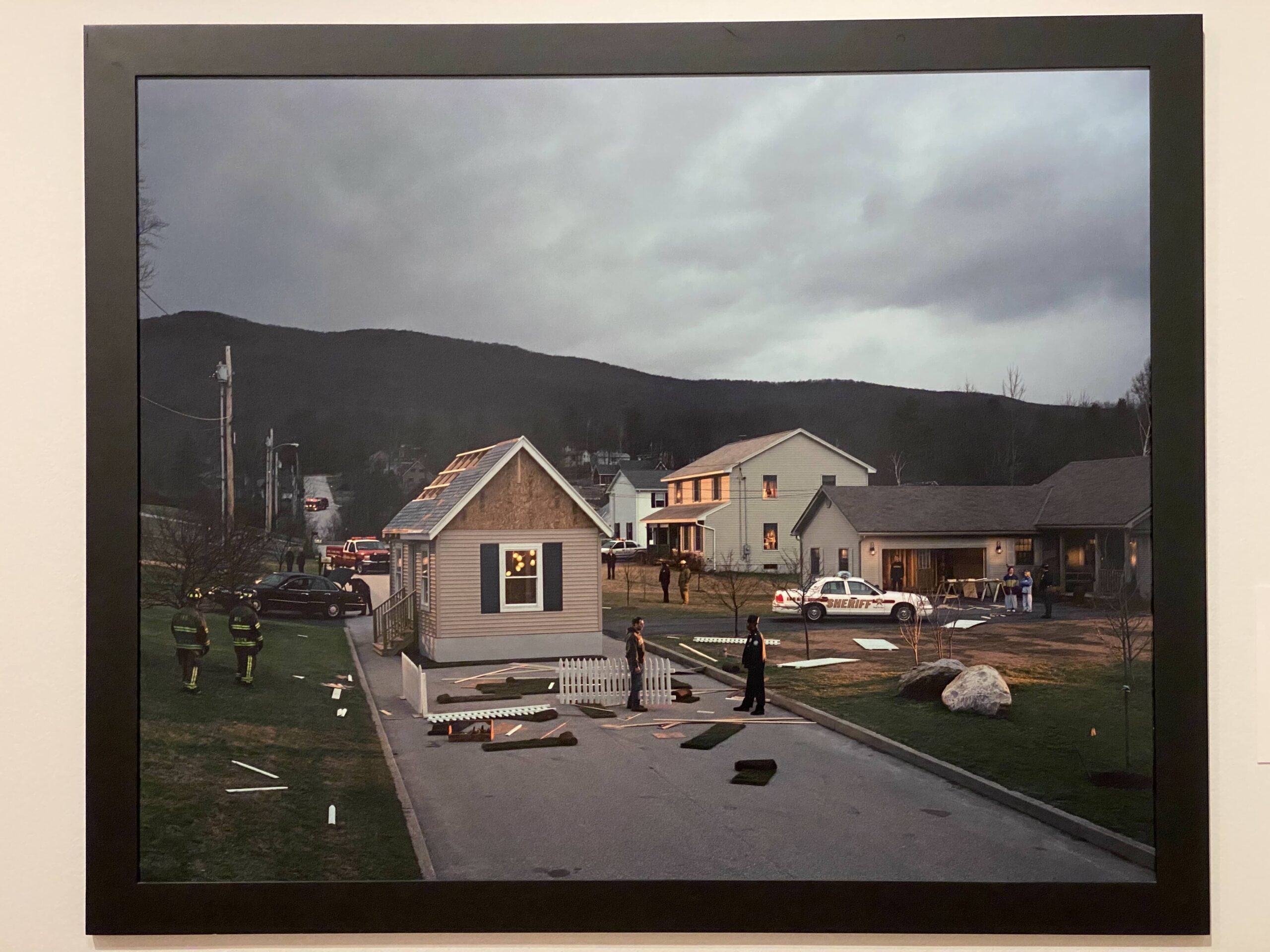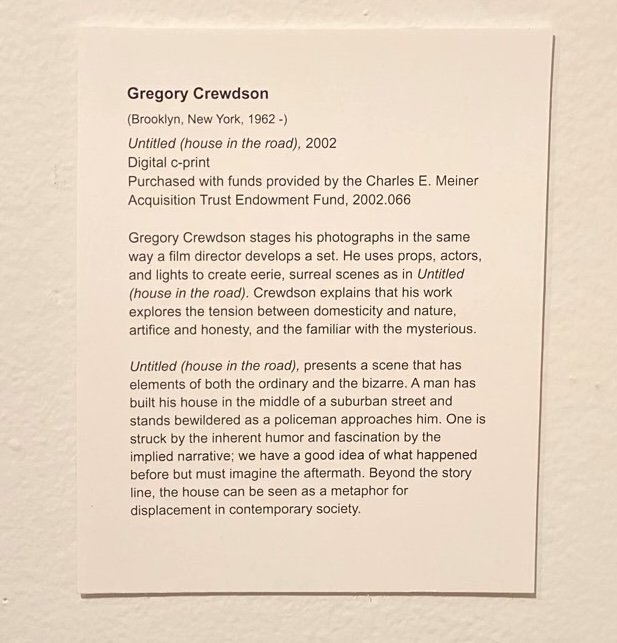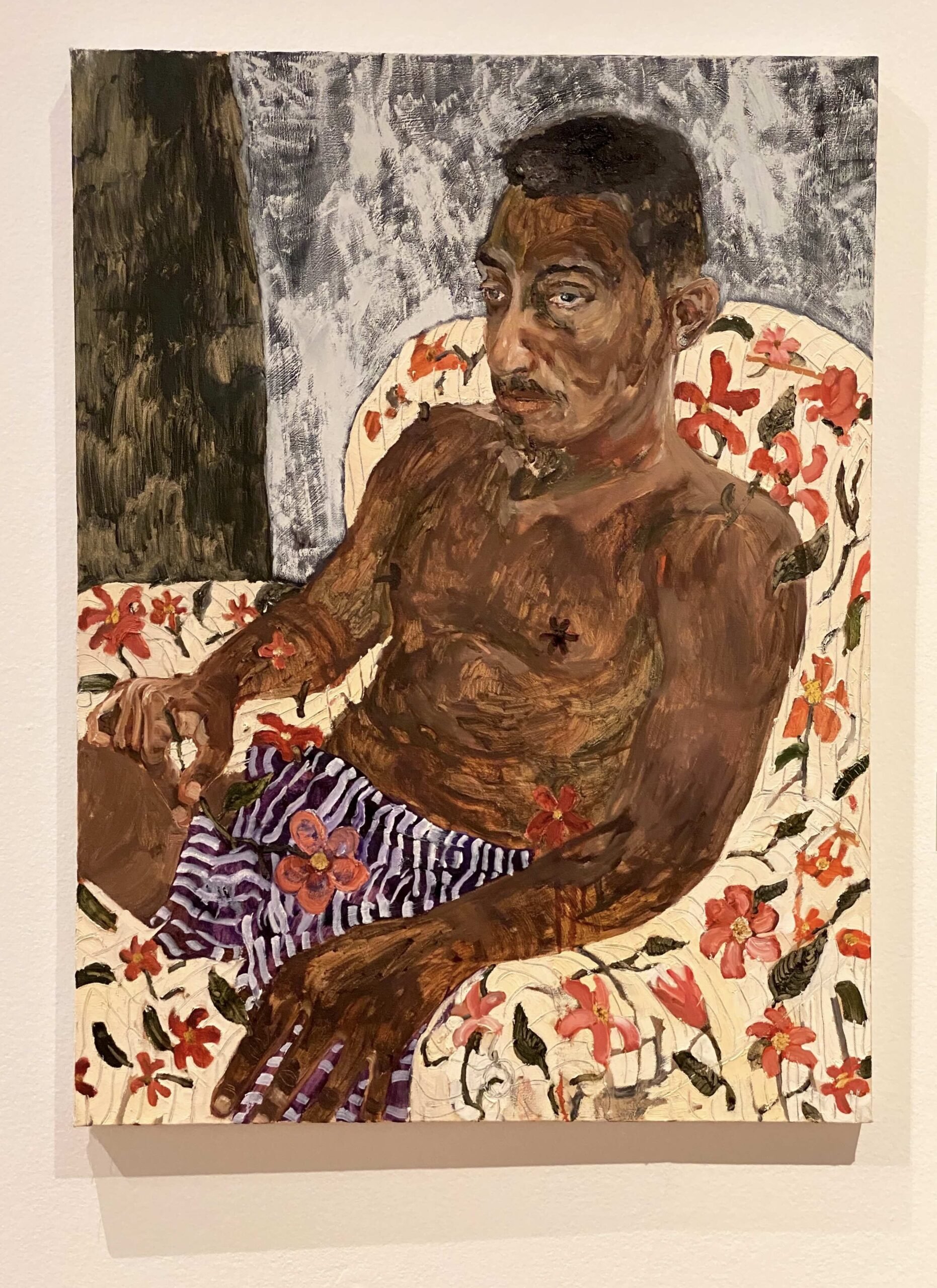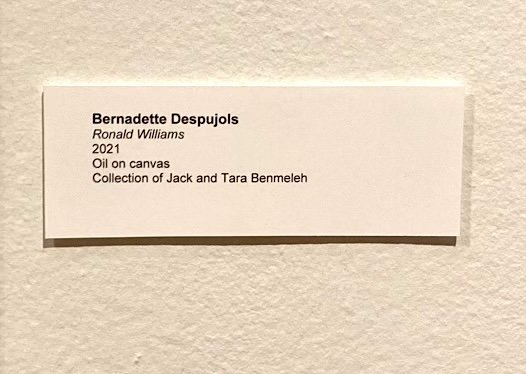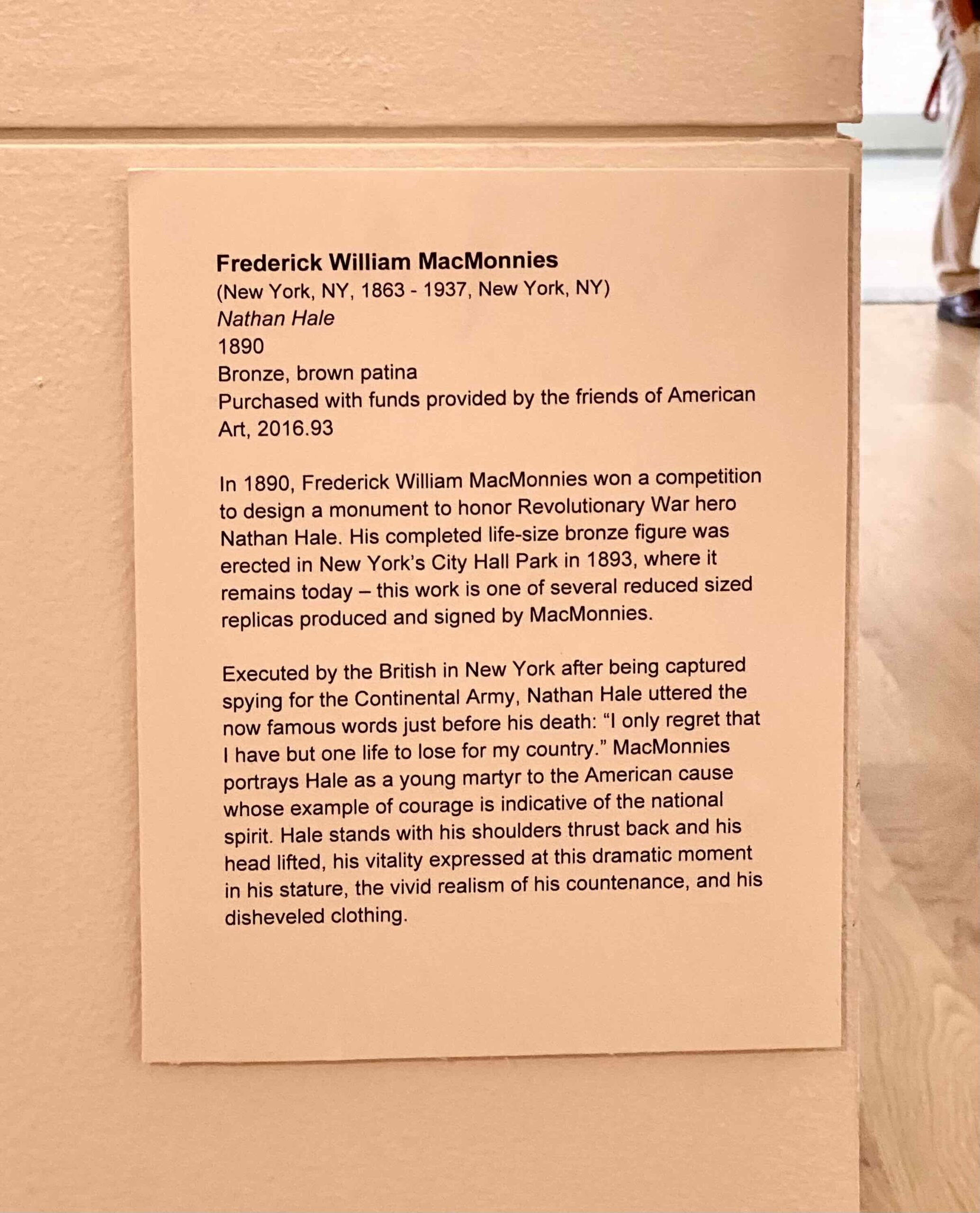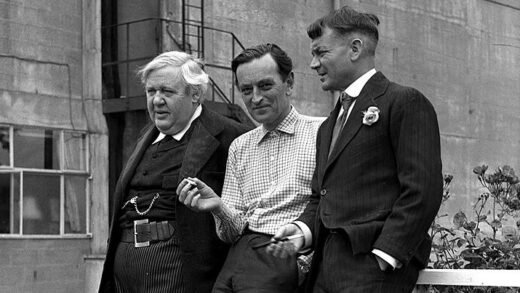This website is devoted to describing experiences of cultural consumption. Admittedly, what is excluded from such experiences is uncertain.
What Happens At A Museum: Self-Consciousness
Going to a museum has always been an experience like going to church. Same reverence, quietude required. Except that at a museum I know what I’m contemplating.
I also tend to think, ironically, that museum going is like a fleeting experience of self-consciousness. I say ironically because above the point was that there was something outside me that required my attention, so that I could let go of being self-aware and sink all attention in that thing (painting, sculpture, installation).
But I do think that’s true. In a museum, when I am confronted by the thing and give my attention free rein to caress the thing wherever it might, it seems like I come back to myself. There is nothing else imploring me to watch/consume/listen.
I know this doesn’t make much sense, but think about how when one is occupied, driving for example, we have this singular experience of being able to think! I believe the reason is that my feet and hands and even eyes are wholly bound up with directing the car. All of this leaves my mind free.
Are You Aware that Central Florida weather during the summer is quite inhospitable?
MenIndividuals make their own history, but they do not make it just as they please; they do not make it under circumstances chosen by themselves, but under circumstances directly encountered, given and transmitted from the past.Karl Marx, "The Eighteenth Brumaire of Louis Bonaparte"
Museum Going Rules
1. Don’t Look At the Museum Label
The temptation is to look at the label so that you know what you’re looking at, right? But what then are you saying about the work? You’re saying that in order to understand an appreciate the work you need to read something first. So the work becomes secondary. Therefore, …
2. Do Not Take a Photograph and Walk Away
If you take a photograph and then walk away, you’ve done your duty. If by duty you understand the recording of an event. But it was a pretty meaningless event.
You didn’t spend any time with the work, trying to appreciate the work of art. Instead, you captured a picture that you can show someone or look at after the event. But really, what was the point. Again, you permitted the phone to mediate your experience, to come between you and it.
You’re not going to be able to capture the experience with a photograph. So just stand there and look at it, you numbskull.
3. Permit Your Eyes to Move Where They Will
How, praytell, should I “look at it”?
Thou possessest a freedom in this moment. Nothing is prescribed: everything is permitted (except for getting too close and TRYING TO TOUCH IT, Juan!).
Seriously, let your eyes wander where they will. You have already begun with some fleeting vision of the whole and now you are slowly examining the parts to see how this is related to that. Examining each thing and attempting to reconstruct the thing in the process of seeing.
Anna Gaskell, "Untitled #75" (2001)
I appreciate photographs in which the object is not in focus, in which merely a semblance is possible. What’s really genius is that in a painting, which I credit Joseph Hu and Gerhard Richter for showing me.
Thomas Moran, "Castle Butte, Green River, Wyoming Territory" (1870s)
Not a painting striving to draw forth the sublime, right?
The small scale of this image encapsulating gross objects.
The reflection of the butte in the water.
Gregory Crewdson, "Untitled (house in the road)", 2002
Bernadette Despujois, "Ronald Williams", (2021)
Notice how the objects within the image, that is, the man and the chair, bleed over into one another.

